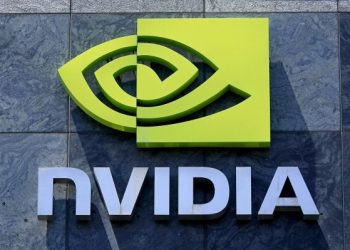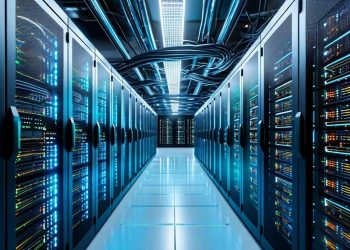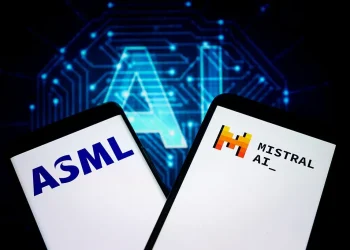Nvidia Foxconn humanoid robots are set to make history as the two tech giants collaborate on deploying advanced humanoid robotics at Foxconn’s upcoming AI server factory in Houston, Texas. This initiative is expected to begin in early 2026 and marks the first time Nvidia products will be built with assistance from humanoid robots on a production line.
A First for Nvidia and Foxconn in AI Server Production
Sources close to the project confirm that Nvidia and Foxconn are finalizing plans to deploy these robots when production of Nvidia’s GB300 AI servers begins in Q1 2026. The Houston plant will be Foxconn’s first AI server facility to incorporate humanoid robots, symbolizing a leap forward in manufacturing automation.
While specific models and designs remain under wraps, Foxconn has reportedly been testing its own robots as well as versions developed by China’s UBTech. Tasks already in the trial phase include picking and placing objects, inserting cables, and assembly line support—functions essential to electronics manufacturing.
Why Houston Is Ideal for Robotic Integration
The Houston factory is uniquely suited for this technological upgrade due to its spacious, modern layout. Compared to older manufacturing facilities, the new site offers flexibility to accommodate human-like machines and their mobility needs, whether on legs or wheels.
Foxconn’s robotics division, Foxconn Industrial Internet, will play a key role in the rollout. General Manager Leo Guo revealed that two robot variants are in development—one with legs and another mounted on a wheeled AMR (autonomous mobile robot) base, with the latter expected to be more cost-effective.
Robotics Event Preview and Broader Plans
These humanoid units will be showcased at Foxconn’s annual tech event in November 2025, providing a glimpse into the future of human-robot collaboration in manufacturing. This event is set to attract global attention from stakeholders in AI, robotics, and production engineering.
Nvidia, meanwhile, is deepening its push into AI-powered manufacturing. The company already supplies platforms for building humanoid robots and continues to emphasize their broader role in reshaping industries. CEO Jensen Huang previously stated that widespread robotic integration in factories could arrive within five years, and this latest partnership signals that timeline is accelerating.
Industry-Wide Implications and Competitor Activity
The Nvidia Foxconn humanoid robots project underscores a global trend in robotic labor adoption. Automakers like Mercedes-Benz, BMW, and Tesla have all tested humanoids in production settings. China, too, has invested heavily in this space, viewing humanoid robotics as a core driver of industrial efficiency.
If successful, the Houston pilot could inspire broader deployment of humanoids across Foxconn’s other AI server sites, including the planned facility in Dallas, built in partnership with Wistron.
Conclusion: Human-Like Robots, Real-World Impact
The introduction of Nvidia Foxconn humanoid robots represents a pivotal step toward intelligent, scalable, and efficient production. As AI continues to evolve, its physical embodiment through robotics could redefine the future of global manufacturing—starting in Houston.https://www.youtube.com/shorts/oe-FqP82q-k








